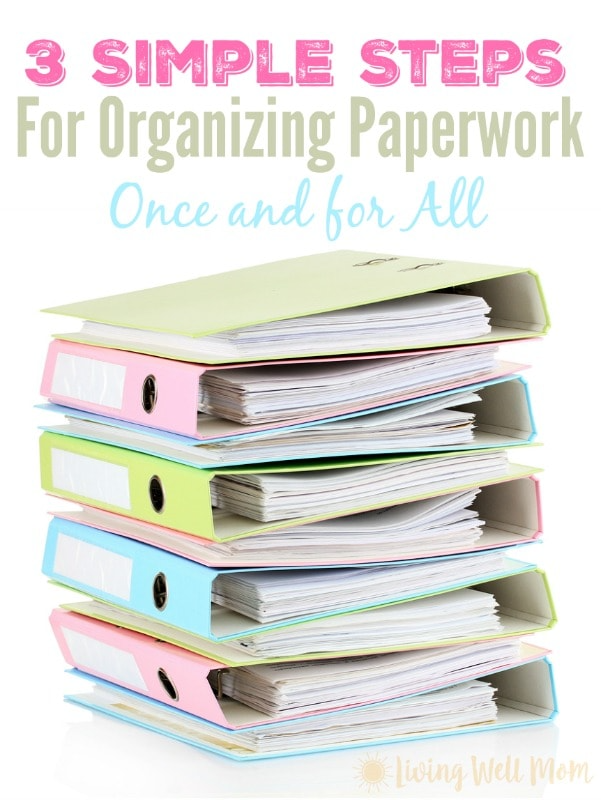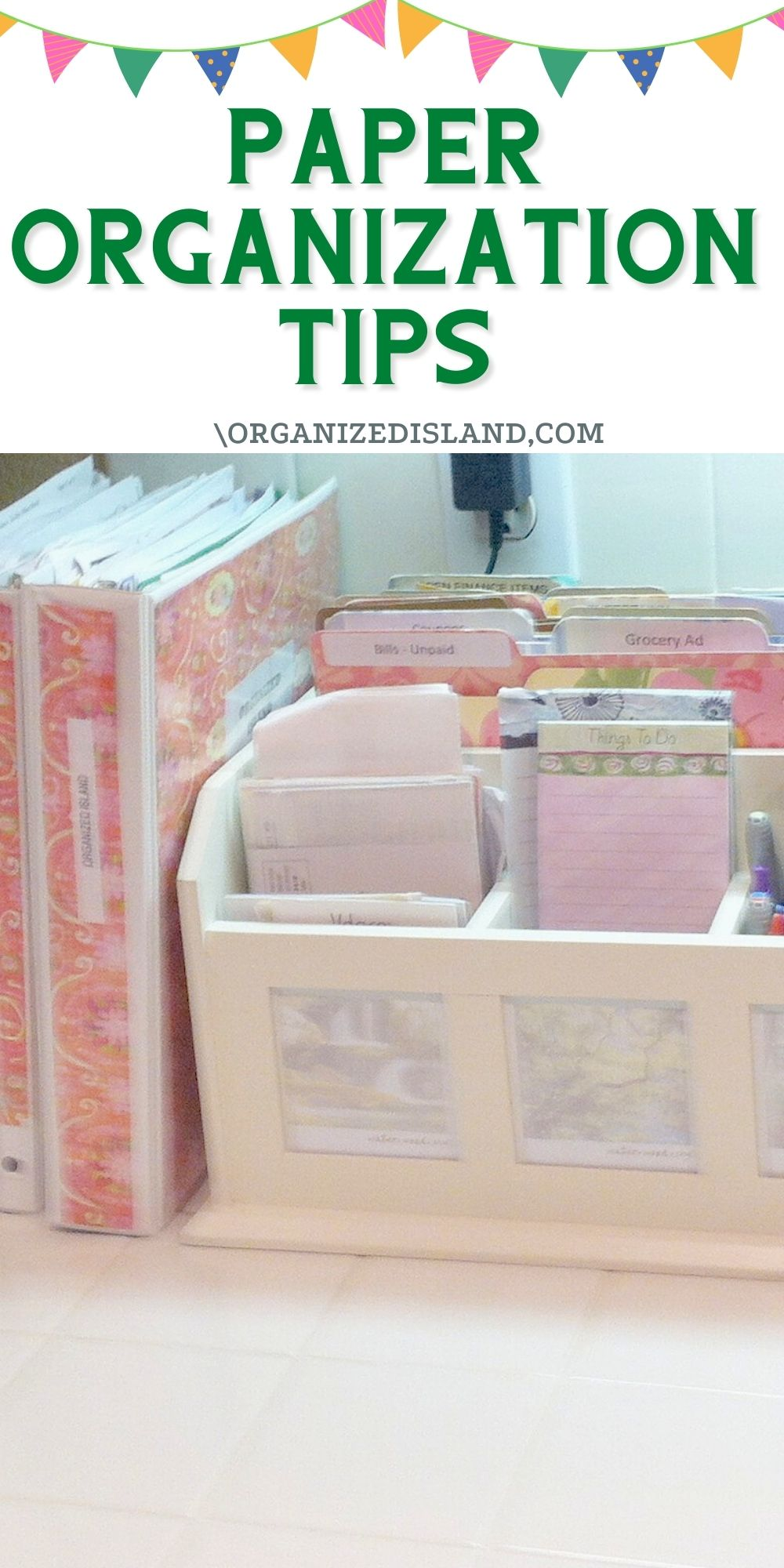Organizing My FOMAR Paperwork Efficiently

Starting a new position at FOMAR or having spent some time there, you've likely discovered that paperwork is a part of your everyday routine. From timesheets and leave applications to evaluations and project proposals, managing these documents effectively can streamline your work and reduce stress. This detailed guide will help you organize your FOMAR paperwork efficiently, ensuring you stay on top of all administrative tasks.
Understanding FOMAR Paperwork

FOMAR stands for “Falsification of Medical Records,” but in this context, we’re focusing on the administrative paperwork necessary for employees to function optimally within the organization. Here’s a brief overview:
- Timesheets: For logging your hours and requesting payment.
- Leave Applications: For requesting time off, whether it’s sick leave, vacation, or emergency days.
- Evaluations: Regular performance reviews that are vital for personal development.
- Project Proposals: Where new initiatives and project ideas are documented and approved.
The Importance of Organized Paperwork

Before we delve into the practical steps for organizing your paperwork, let’s consider why this organization is critical:
- Efficiency: Organized paperwork means you can find any document quickly when needed.
- Compliance: FOMAR policies often require the maintenance of certain records.
- Decision Making: Immediate access to data helps in making informed decisions quickly.
- Stress Reduction: Knowing your documents are in order reduces the pressure of last-minute searches.
Steps to Organize Your FOMAR Paperwork

Let’s break down how you can keep your paperwork neat:
- Digitize Your Documents: Scan or photograph all physical documents. Digital versions are easier to store, search, and back up.
- Establish Filing Systems: Create both physical and digital filing systems. For physical, use labeled folders or binders; for digital, use named folders in cloud storage.
- Sort by Category: Organize documents into categories like HR, Finance, Projects, etc. This categorization helps in quick retrieval.
- Regular Reviews: Set a weekly or monthly time to review your paperwork, ensuring everything is up to date.
- Use Digital Tools: Utilize software like Evernote, OneDrive, or Google Drive to sync your documents across devices. Evernote, for example, allows you to search for keywords within documents, making retrieval even easier.
Setting Up Your Digital Archive

Here’s how to create a digital archive:
- Choose Your Platform: Decide between Google Drive, Microsoft OneDrive, Dropbox, or another service. Consider security, space, and accessibility.
- Create Master Folder: Name it something like “FOMAR Documents” or your initials for easier recognition.
- Sub-Folders: For each category of document, create a sub-folder within your master folder.
- File Naming Conventions: Establish a consistent way to name files, e.g., “Timesheet_20231015” for the timesheet submitted on October 15, 2023.
- Regular Backups: Set up automatic backups or reminders to manually backup important files.
Organizing Physical Documents

For physical paperwork, here’s what you should do:
| Step | Action |
|---|---|
| 1 | Label Folders: Use clear, descriptive labels on folders or binders. Include the year if applicable. |
| 2 | Categorize: Allocate folders for each document type, ensuring you have enough room for growth. |
| 3 | File Immediately: As soon as a document arrives or is completed, file it. Don’t let paperwork pile up. |
| 4 | Regular Purges: At least annually, go through your files to remove outdated or unnecessary documents. |

📝 Note: When purging documents, make sure to comply with FOMAR retention policies and shred sensitive information.
Maintaining and Updating Your Systems

To ensure ongoing efficiency:
- Weekly Check-In: Set aside time to file documents and update digital records.
- Stay Informed: Be aware of policy changes or new document requirements from FOMAR.
- Regular Cleanups: Keep digital files organized by removing duplicates, archiving old documents, and sorting active ones.
🔎 Note: Use search features in digital storage solutions to find documents quickly when you're in a rush.
To summarize, organizing your FOMAR paperwork involves digitizing, categorizing, and regularly maintaining both physical and digital files. By adopting these practices, you'll not only stay compliant with FOMAR policies but also reduce stress and enhance your work efficiency. With the right approach, what might seem like an overwhelming task can become a seamless part of your workday, providing you with the information you need when you need it.
How often should I review my FOMAR paperwork?

+
It’s recommended to review your paperwork weekly, with a more thorough monthly or quarterly check to ensure everything is up to date and properly filed.
Can I scan and digitize all of my paperwork?

+
Yes, you can scan and digitize most of your paperwork, though some documents might need to be retained in physical form due to legal or policy requirements. Check FOMAR policies for specific guidelines.
What’s the best way to name my digital documents?

+
Use a consistent naming convention, incorporating the document type, date, and a brief description if necessary. For example, “Leave_Application_20230829” for a leave application from August 29, 2023.



